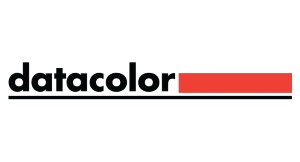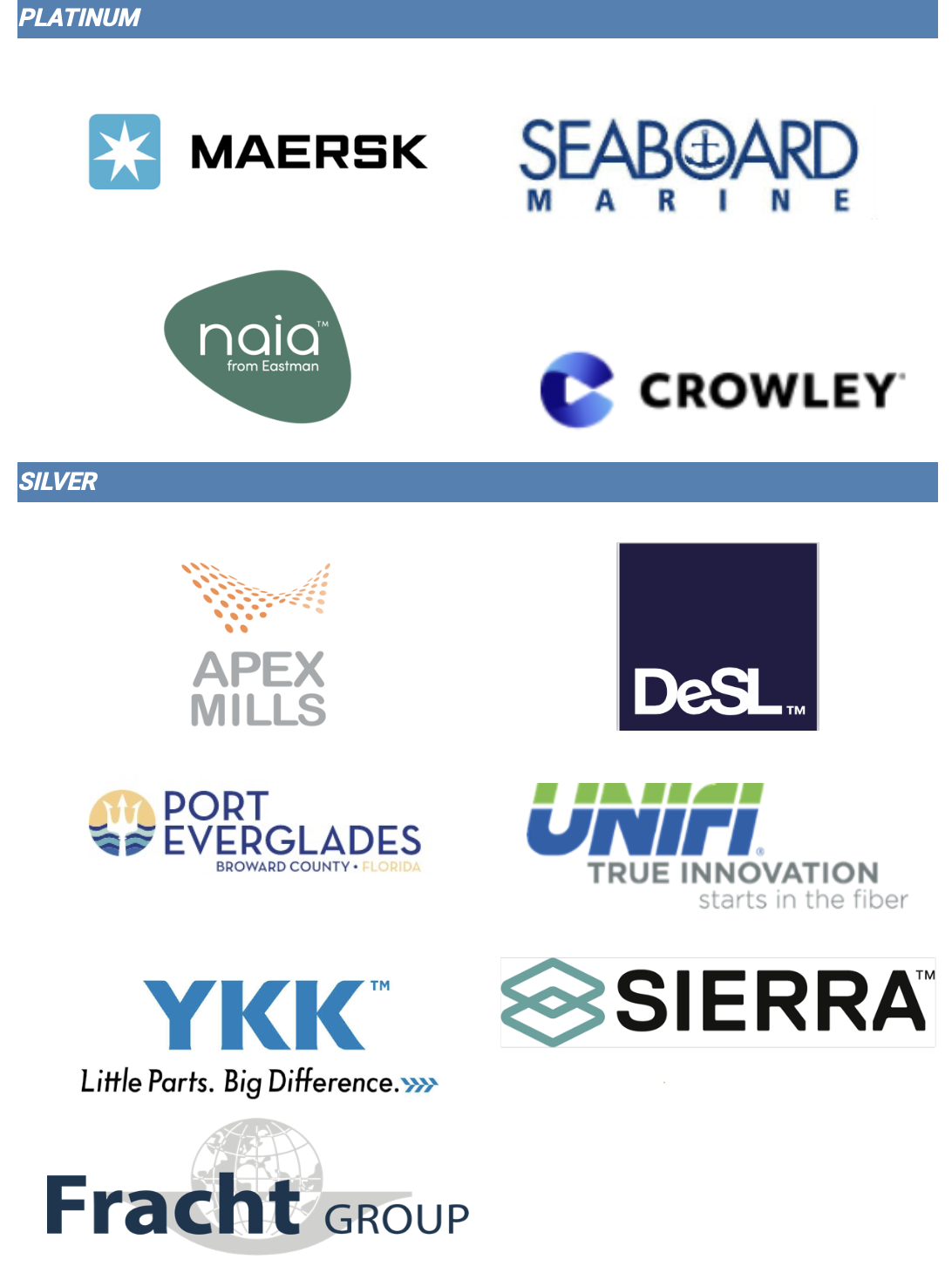GT Nexus president on shining a light into the supply chain By Phil Wainewright September 22, 2016
By Phil Wainewright September 22, 2016
GT Nexus president Kurt Cavano discusses how its network enables better supply chain visibility that helps enterprises manage costs and meet customer demands
Connected digital technology is lighting up real-time data all across the supply chain, making it possible to manage stock movements and customer deliveries in completely new ways. To take advantage of these new opportunities, enterprises must break through traditional functional silos and forge a more collaborative, flexible approach to supply chain management.
These are the headline takeaways from a wide-ranging conversation with GT Nexus president Kurt Cavano at this week’s Gartner Supply Chain Executive conference in London. In this, the first of a two-parter, we start by looking at the impact of visibility on supply chain efficiency.
Acquired by Infor last year, GT Nexus connects into the global supply chain across a network of shipping and freight companies, factories and logistics operators, to provide visibility into movement of goods. It can also automate payments to suppliers, with connections into payment processors and finance providers.
In a past life as a product manager, I can recall the days when you would arrange to ship a container of electronics from the factory in Taiwan, and for six to ten weeks, all you knew for sure was that it was somewhere on its way to you on the ocean. Today, geolocation and other tracking technologies mean you can always find out exactly where each item is in your supply chain.
When Korean shipping giant Hanjin filed for bankruptcy a few weeks ago, GT Nexus customers could instantly identify which of their shipments were potentially stranded as ports began refusing to dock Hanjin ships, says Cavano, which gave them a head start in planning contingency actions:
It’s that level of visibility in crazy times like right now that can make a huge difference for companies.
Predicting supply chain behavior
GT Nexus got started back in the late 1990s when its founders were inspired to think of using the cloud to collect information from shippers and freight companies around the world. That early start has meant it’s been able to build a network that connects to most of the world’s carriers and freight forwarders, along with tens of thousands of factories. It also has masses of data on past shipments that Infor’s data scientists can now start to mine. That is delivering insights that will help more accurately forecast estimated times of arrival (ETAs) and transit times, says Cavano:
We’re adding in machine learning and we can say, let’s do predictive ETAs. We know the boat is here, it’s supposed to be [further along]. Will they be able to catch up? As you get more and more of that data in there, you’ll be able to see.
It’s not even where the boat is that matters as much as what port is it going to go through, and within a port, what terminal is it going to go through. Why is that? Because we want to put the trucking leg on the back of it.
When’s this going to come out of the port and get on the truck? We have a four-hour window at the back of the warehouse for scheduling when that truck can arrive, and we want to get it there within that four-hour window.
We want to be able to predict that [ETA] when that boat is halfway across the ocean.
The data can also provide benchmarks that help enterprises compare different routes and transport alternatives — even see what the typical payment cycles are from country to country.
Supply chain visibility at Caterpillar
But even without delving into data science, many of the company’s existing customers have been able to make big improvements to supply chain performance simply by improving visibility, says Cavano. He cites the example of heavy equipment manufacturer Caterpillar, where lack of visibility was leading to the creation of buffer stocks to build in safety margins across the supply chain (a phenomenon that’s all too common in the manufacturing supply chain):
There’s this extra inventory that’s kind of sloshing around the supply chain. With Caterpillar, when we turned the lights on to give them visibility of where all of the goods are in their supply chain, they were able to say, ‘Okay. We’ve got these buffers all over the place. Let’s reduce it.’
They were able to take $150 million of working capital out of their supply chain.
In some cases, Caterpillar chose to retain the buffer stock and reduce its transport costs instead. This brought a further $150 million in savings, says Cavano.
They realized that they had enough buffer in some areas where they could shift from air to ocean, or from truck to rail — start optimizing across all those modes and downshift to a cheaper transportation mode.
We have very similar examples in other companies where they’ve been able to take out either a big chunk in transportation spend or working capital or both, just by ‘turning on the lights’ in your supply chain and actually looking at the detail. Looking end-to-end, across all those silos, as if you all would cooperate together in the organization.
Collaboration in the supply chain
Visibility also helps with demand planning, which is a key issue for the large number of procure-to-pay customers GT Nexus has in the apparel and fashion industries. For example, a customer such as outdoor clothing brand Columbia Sportswear uses the platform to track its usage of raw materials such as Polartec fleece fabric. Having negotiated a price with the fabric suppliers based on its expected consumption for the whole season, it can then manage how its garment makers are drawing down the stock as it nears the end of the season, and have them ship direct to retailers from the factory, says Cavano.
That requires a tremendous amount of supply chain orchestration to be able to do that. You’re managing it down to that raw material, to the factory, all the way up to the finished goods.
The consumer gets it cheaper. Columbia’s got better margins. The factory’s got better margins. Everybody’s cooperating together.
Collaboration also extends to payment terms. While companies have traditionally delayed payment as long as possible, this can be counter-productive, says Cavano. Instead, established enterprises can use their own access to cheap money to negotiate early payment discounts from suppliers who would otherwise turn to expensive credit sources to fund their receivables backlog, as Cavano explains:
A big company that’s buying stuff from typically a lot of smaller factories, extending your terms with them is exactly the wrong thing to do. Those small factories have a really high cost of capital, in general. Big industrial companies, big brands, their access to capital right now is almost free.
If you’re paying your vendors slow and they have to pay a lot for capital, that cost of capital is going to work its way up into the cost of goods. It’s going to come back and hit you.
The trouble is, accounts payable teams are often incentivized on how long they can delay payment, so they miss the opportunity to negotiate better terms. It’s important to make sure people ask the right questions, says Cavano.
We often go into supply chains and have to say, ‘So why are you doing it that way?’ The typical answer is, ‘Because that’s the way we’ve always done it.’ It isn’t anybody meaning harm. It isn’t anybody trying to be malicious. It’s just, ‘That’s the way we’ve always done it.’ Well, here’s another way to think about it.



